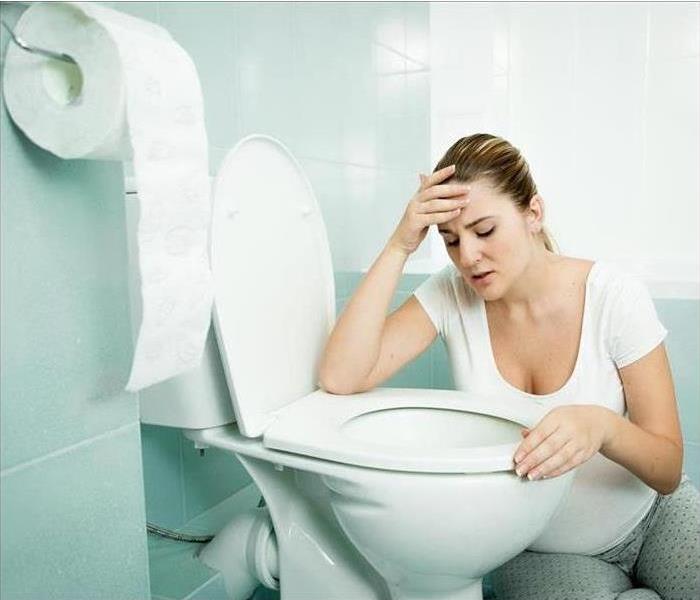What To Do When Your Toilet Leaks With Every Flush
8/18/2023 (Permalink)
Toilets are pretty hardy units. Those porcelain commodes remain sturdy and durable, usually lasting for decades after installation. However, like anything in the home, it can break down. When homeowners in Sandy, UT, observe a leaking toilet, they should take action.
A leak is a time to assess and react quickly. Small leaks can lead to significant problems such as water damage and mold. Therefore, owners shouldn't wait and see or put it off for another day. The following are tips for handling this situation.
- Understand the Common Causes of a Leaking Toilet
What is essentially wrong? Focus on this question as you begin your leak hunt. Water could escape from the toilet for many reasons; thus, learn the intricacies of the device and its various parts. For instance, any of the following situations could explain the mishap:
- Someone improperly installed it.
- The bowl or tank has a crack.
- The bolts are loose.
- The wax ring broke or dissolved.
- The base is weakly sealed.
- The wax ring is busted or old.
- Create a Plan To Locate the Main Issue
Find the bathroom leak by running some tests. Start with observation. When you flush, do you visually see when the drips or leaks happen? Where is the release? How much is coming out? For instance, you may observe water around the base with a weak wax ring or a bad flange. Check out those parts before moving to something else.
If that isn't the answer, tighten the bolts to see if the base needs more security. A wobbly seat may lead you to this option. Furthermore, drips may happen from the lines or minor breaks in the porcelain. Drop color-safe dissolvable tablets into the tank. Flush and keep your eyes open for color outside of the unit.
- Assess for Additional Water Damage
If water drips into the floor, walls or ceiling, the material soaks it up. This situation proves problematic for several reasons. When the fluid sits for long periods, it could harm the structure's integrity, beginning to weaken and rot. In addition, mold spores thrive on dampness. They exist everywhere and migrate through the air and the movement. If present, they reproduce in moist, organic substances. Thus, owners could find fungus growth with long-term leaks.
Call a professional water remediation team to assess the bathroom and surrounding area. These porous items permit dampness to go deep inside, reaching microscopic levels that dehumidifiers and bleach cannot reach. These experts evaluate the conditions and can create a plan to clean and restore the room. They may not fix the toilet, but they can attend to the secondary damage.
- Determine a Strategy to Resolve the Problem
Be sure to fix the origin of the water source. Once you know how it occurred, work with plumbers to correct the trouble. Buy new parts and ensure that specialists install them to avoid future issues.
When you push the handle down, water shouldn't come out. If you observe puddles or drips, then examine the unit for concerns. Determine the cause of your leaking toilet and repair the source of trouble.




 24/7 Emergency Service
24/7 Emergency Service
